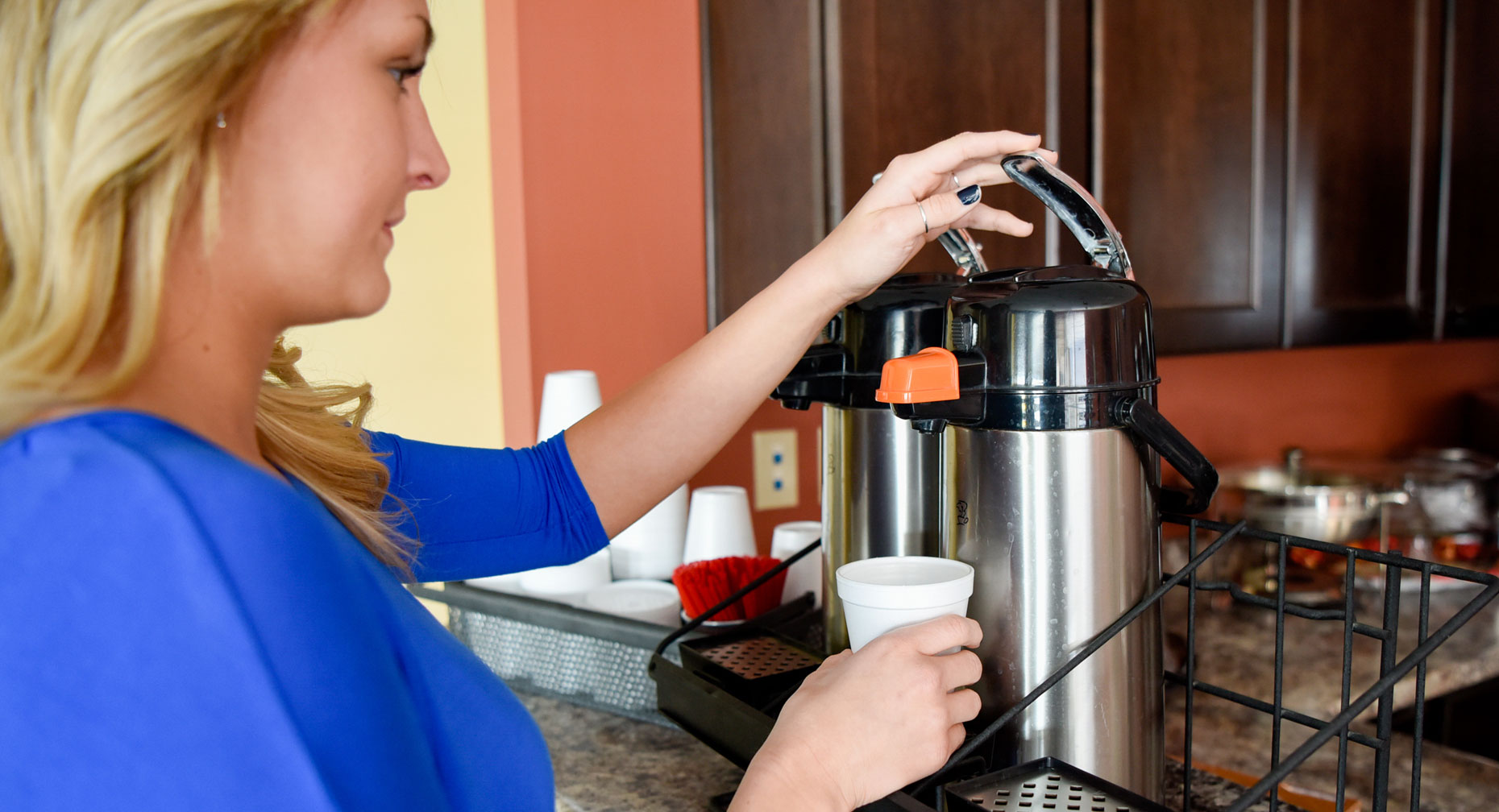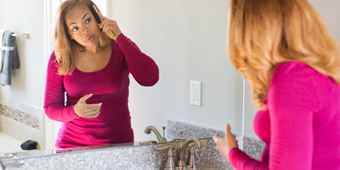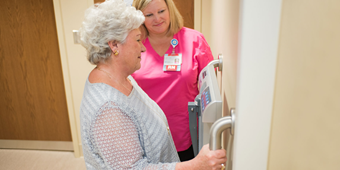Help Your Guy Conquer Urinary Incontinence

Answer a few questions and we'll provide you with a list of primary care providers that best fit your needs.
If the man in your life is troubled by urinary incontinence, don’t let him suffer in silence. For some men, the worry and embarrassment keeps them from enjoying activities they love and triggers great emotional distress.
The good news? There are lots of treatment options, which include minimally invasive techniques that can change a patient’s life for the better.
What Causes Urinary Incontinence?
Urinary incontinence in men happens in three ways:
- When the brain doesn’t correctly signal the bladder
- When the sphincters (the muscles that close to keep urine from leaking out of the bladder) don’t squeeze strongly enough
- When both occur
Some medical conditions, like diabetes or prostate disorder, can lead to incontinence.
How Common Is It?
Urinary incontinence (UI) in men is more common than you might think. It occurs in anywhere from 11 to 34 percent of older men. The chances of developing UI increase with age because a man is more likely to develop prostate problems as he ages. If a man is leaking urine, he should see his health care provider or a urologist to find out the underlying cause.
Are There Different Types?
- Urgency incontinence. Often caused by unwanted bladder contractions. Triggers can include water — drinking, touching, or hearing it —or feeling cold, even from reaching into a freezer.
- Stress incontinence. Results from movements that put pressure on the bladder, like coughing, sneezing, or laughing.
- Functional incontinence. When a physical disability like arthritis, or problems in thinking or communicating, such as those caused by Alzheimer’s, get in the way of reaching the bathroom in time.
- Overflow incontinence. Happens when the bladder doesn’t empty properly and urine spills over. Weak bladder muscles or a blocked urethra can cause this.
- Transient incontinence. Only lasts a short time, and is usually a side effect of certain medications, drugs, or a temporary condition like a urinary tract infection (UTI).
How Is It Diagnosed And Treated?
To diagnose UI, a health care professional will:
- Take a medical history
- Conduct a physical exam
- Order diagnostic tests
Treatment will depend on the type of UI. Typical first steps include:
- Behavioral and lifestyle changes. Cutting out caffeine, exercising more, losing weight, and avoiding constipation can all make a positive difference.
- Bladder training. Using the bathroom at regular timed intervals (timed voiding) will help decrease UI incidents. Gradually increasing the time between trips helps stretch the bladder so it holds more urine.
- Pelvic floor exercises. Strengthening the pelvic floor muscles with Kegel exercises lets the bladder hold urine better.
- Urgency suppression. Learning to suppress the urge to urinate lets a man maintain control so he doesn’t panic about finding a restroom.
There are lots of treatment options, which include minimally invasive techniques that can change a patient’s life for the better.
If these don’t work, other options include:
- Medications. Taking medication can relax the bladder, decrease bladder spasms or treat prostate enlargement.
- Electrical nerve stimulation. This stimulation can alter bladder reflexes using pulses of electricity.
- Bulking agents. Injecting bulking agents, like collagen, near the urinary sphincter makes the tissues thicker and helps close the bladder opening.
- Surgery. Usually a last resort, there are several outpatient procedures that can help control urination.
Time To Stop Smoking
If the man in your life smokes, the single most important step he can take is to quit. Giving up cigarettes at any age benefits overall well-being, including bladder health. Smoking elevates his chances of developing stress incontinence as it increases coughing, and it’s also the leading cause of bladder cancer.
Answer a few questions and we'll provide you with a list of primary care providers that best fit your needs.
Source: National Institutes of Health; National Association for Continence




